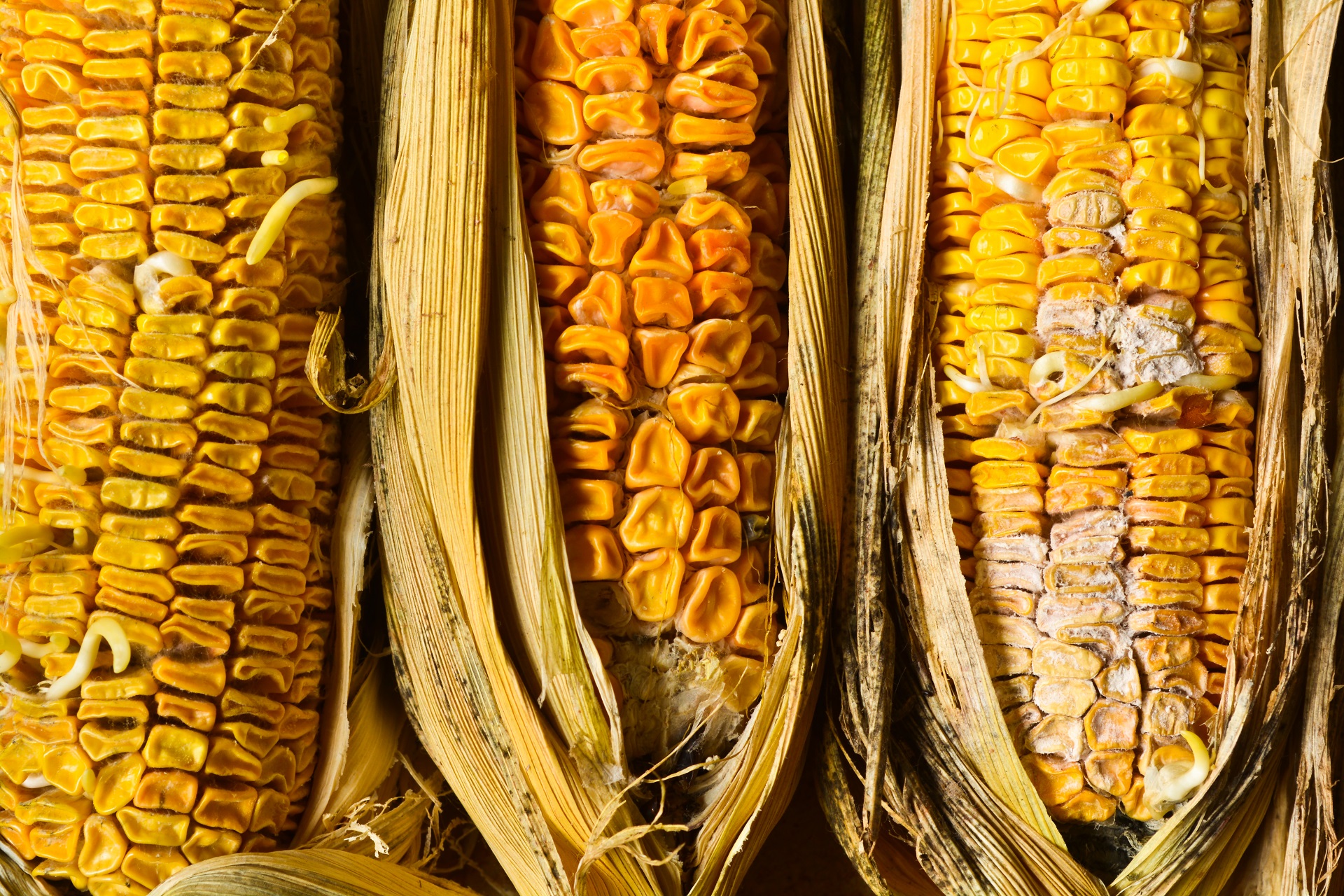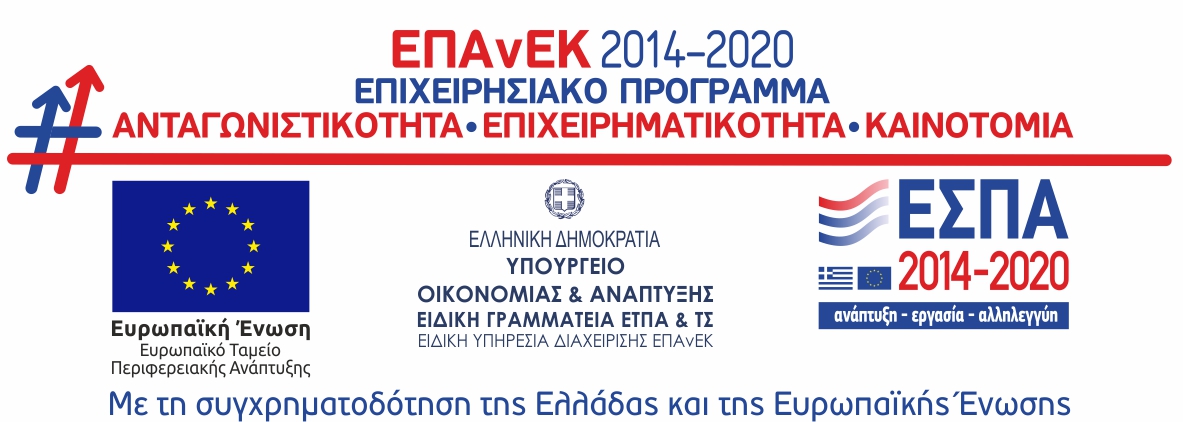Animal Feed Additives

Toxin Binders
Mycotoxins are substances, naturally produced by moulds and fungi that are normally present as some form of defense for the organism. All natural and artificial materials are subject to contamination by moulds and fungi. Fungal spores are ubiquitous –they are found everywhere without exception – and are unavoidable in nature. The growth of moulds and fungi is typically encouraged by heat and the presence of moisture, however their toxin production is dictated by other factors, that induce stress, including drought.
Toxins are naturally produced by all types of moulds and fungi. There are hundreds of these mycotoxins, while the contamination of natural materials with multiple toxins, either from one or several fungi, is very common.
Toxins are especially produced under certain conditions, including the following:
Host plant stress in the field: poor soil fertility, insect damage, high/low temperatures or moisture.
Harvesting: late harvesting, dry crops, slow storage filling e.g. silage clamp, soil contamination.
Storage: wet grain, poor silage packing, incorrect fermentation of ensiled products.
Finished feeds and forages: poor hygiene, exposure to air/moisture, incorrect storage (temperature/moisture).
The potential for fungal growth and toxin production can be limited by applying good management practices, but essentially it is impossible to guarantee that any naturally occurring materials will be free of mycotoxin contamination.
Mycotoxin adsorbents and binders
Mycotoxins are usually found in combinations in complete animal feeds. A broad binding substrate will ensure at least some fraction of all the mycotoxins will be rendered non-bioavailable and the bioavailable mycotoxins will be below the threshold of biological activity. Broad substrate binding capacity of a binding agent will also minimize the potential for toxicological synergy between mycotoxins.
Speciality feed additives, known as mycotoxin adsorbents or binding agents are the most common approach to prevent and treat mycotoxicosis in animals. The agents bind to the mycotoxin prevent them from being absorbed, having as a result the mycotoxins and the binding agent to be excreted in the manure.
The effective level of dietary inclusion of mycotoxin adsorbents depends on the mycotoxin binding capacity of the adsorbent and the degree of contamination of the feed in question. A high binding capacity will minimize both the level of inclusion and the reduction of nutrient’s density, caused by the feeding of the adsorbent. High levels of inclusion of adsorbents can also not only alter the physical properties of the feed, which might impair feed processing, such as pellet formation, but also to alter the actual diet specification.
Products
Smectagri®
is a natural clay for animal feed applications, presenting considerably improved technological performance as its binding, anti-caking and flowing agent properties improve both pellet process and conservation.
Extensive scientific trials have proved that Smectagri® acts beneficially in the digestive system of animals and thus offers producers an economical, natural and above all, safe means to reduce the contamination of feed by mycotoxins (aflatoxin B1) and consequently decrease mycotoxins uptake and to finally reduce their distribution to the blood and target organs, preventing future contamination.
Smectagri’s® purity and activation give maximum swelling; a property that optimizes feed intake by increasing nutrient absorption.
Altic® Solufactor
Altic® Solufactor presents synergistic binding properties thanks to the combination of its carefully selected ingredients: EU approved calcium sodium clay, which contains a high concentration of smectite (>70%) and has a high binding capacity on Aflatoxin, Fumonisin, Ochratoxin. A yeast product, selected for its mycotoxin binding abilities, as it completes the broad of binding ability on Zearalenon and Ergot alcaloids. Selected mannan-oligosaccharides (MOS) that can activate macrophages, contributing to the stimulation of the immunity. Natural substances able to counteract physiological consequences of mycotoxin contamination (pro-inflammatory and pro-oxidative effects), which negatively impact feed consumption, weight gain or feed efficiency.
TOXIBAN®
feed additive is a blend of aluminosilicates, ammonium propionate and a gelling agent (lecithin) that prevents feed deterioration, caused by molds and their metabolites. It is an excellent risk management tool against molds known to produce mycotoxins. TOXIBAN protects the well-being of livestock by maintaining the overall quality of the feed. Prevents feed deterioration caused by molds and their metabolites. TOXIBAN also helps maintain a healthy immune response, normal reproduction parameters and intestinal integrity.

